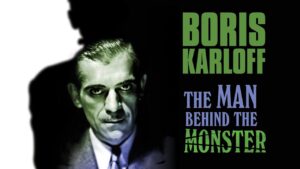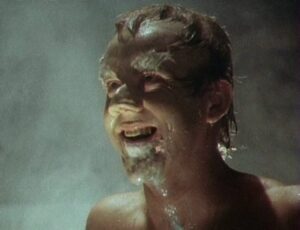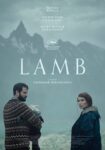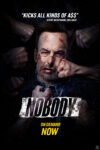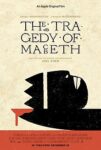It is difficult to count the number of times Mary Shelley’s 1818 novel Frankenstein has been adapted in some form or another to motion pictures, but the count is in the scores. Some have attempted to hew closely to the novel as in Kenneth Branagh’s 1994 Mary Shelley’ Frankensteinwhile other are so disregarding of the text that creature is made into a kaiju fighting other oversized monsters in the Japanese wilderness.
What nearly all these adaptations have in common is a visually dynamic creation process where the creature is brought to life. The method varies wildly, in the first film adaptation from Edison’s company the creature is born in fire and in the aforementioned 1994 film the processed is wet and liquid much like a fetus growing in a womb. However, the most famous and most used process is lightning during a fantastic storm as inspired by the pre-code 1931 James Whale film Frankenstein. (Ironically it is not electricity that provides life the creature in this film but the undiscovered ‘Great Ray’ beyond ultraviolet that is the source of life, but the movie fixed in the popular imagination the idea of electrification into life.) This production also created another recurring fixture in future adaptations, the twisted assistant, here named Fritz, who later and indelibly became Igor.
What makes these phantom fidelities is that the novel spends an amazingly little amount of time or text on the creation itself. One paragraph, 98 words out 75,000 depict the creature creation.
” It was on a dreary night of November that I beheld the accomplishment of my toils. With an anxiety that almost amounted to agony, I collected the instruments of life around me, that I might infuse a spark of being into the lifeless thing that lay at my feet. It was already one in the morning; the rain pattered dismally against the panes, and my candle was nearly burnt out, when, by the glimmer of the half-extinguished light, I saw the dull yellow eye of the creature open; it breathed hard, and a convulsive motion agitated its limbs.“
And yet I think it would be very difficult to persuade a production company to fund a new adaptation of Frankenstein without a climatic creation scene present. And Igor has become so accepted as cannon that in the 2004 film Van Helsing when asked why he tortures the creature Igor responds, “It’s what I do.” His existence not only as assistant but as tormentor is so fixed it no longer needs any form of explanation. The mad scientist, the sadistic assistant, and the grand act of creation seem foundational to the story and none of it existed in the original text. Perhaps the person who casts the longest shadow in the universal myth, second only to Shelley herself, is James Whale.
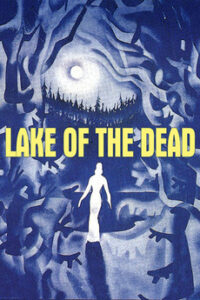 who vacation at a remote cabin that boasts a horrific and ghostly legend. Fairly quickly it is suggested that the ghost of the peg-legged murder may be possessing the vacationers and the clock is ticking for the group to solve the mystery of the lake as the dangers grows.
who vacation at a remote cabin that boasts a horrific and ghostly legend. Fairly quickly it is suggested that the ghost of the peg-legged murder may be possessing the vacationers and the clock is ticking for the group to solve the mystery of the lake as the dangers grows.
